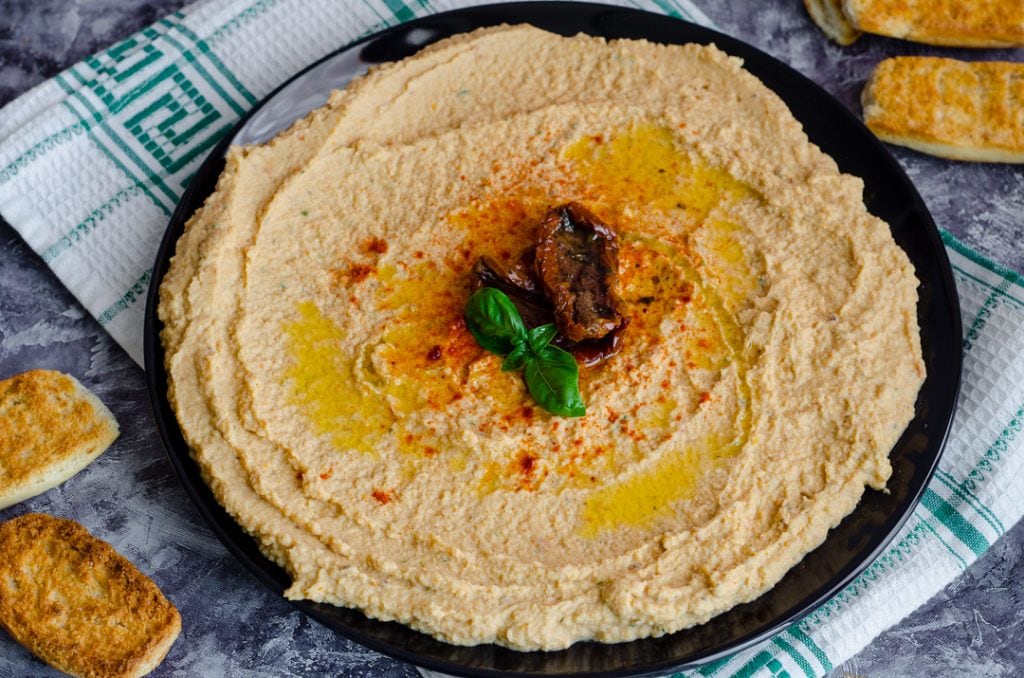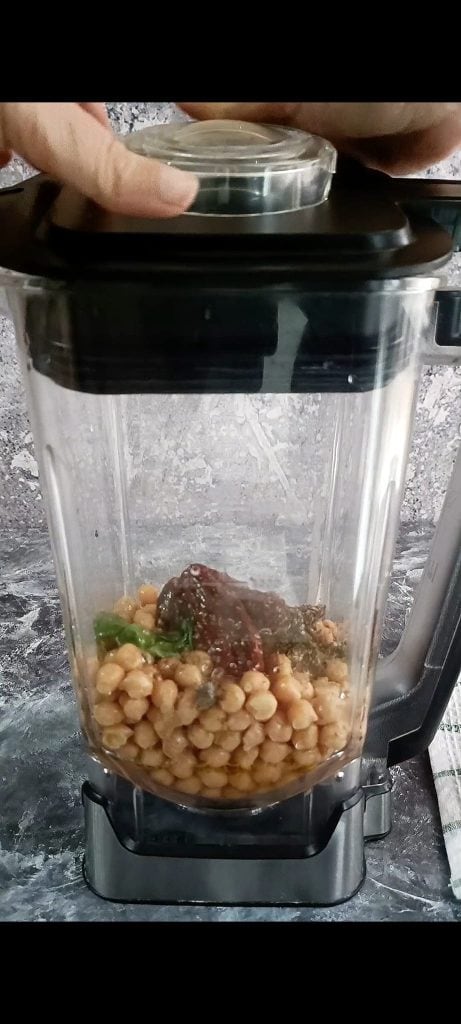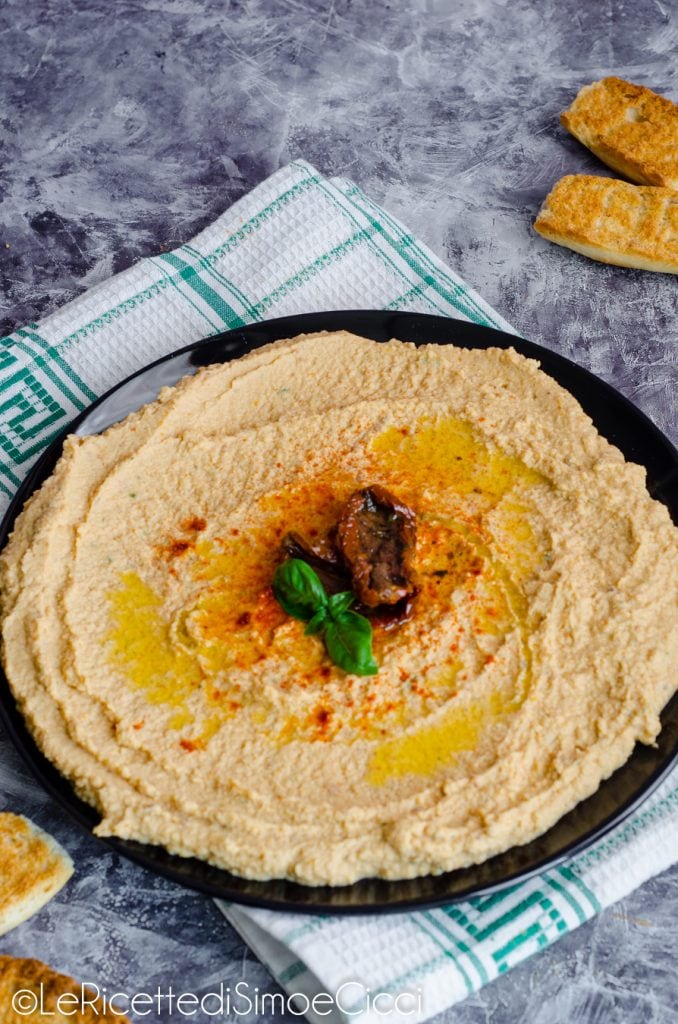The sun-dried tomato hummus is the Mediterranean version of the namesake Middle Eastern sauce. Velvety, healthy, and full of flavor. A no-cook cream that, like the original, is made with chickpeas, tahini, lemon juice, garlic, cumin, and spices. The beauty of hummus is that besides being delicious prepared as the original recipe suggests, it is very versatile and lends itself to numerous variations. With the addition of avocado you create a mix between hummus and guacamole that is really tasty, with basil it gains a flavor that makes it very similar to pesto, with beetroot the hummus becomes an amazing fuchsia color, and if we add a bit of cocoa, we can even make it sweet, perfect for breakfast and snacks. In this version we propose today, we added sun-dried tomatoes in oil and fresh basil to the hummus, two ingredients that make this cream perfect for Mediterranean cuisine, delicious to spread on sandwiches, toast and sandwiches or on focaccia, or to accompany bread or crackers, certainly excellent for enriching baked, grilled or raw vegetables such as carrots, celery, zucchini, pasta salad or other cereals.
The recipe is extremely simple: blend all the ingredients until you get a creamy and flavorful sauce, ready in a few minutes, perfect to use immediately or to store in the fridge until use.
Gluten-free, vegan, high-protein, and lactose-free, sun-dried tomato hummus is a sauce that will win you over with its simplicity, the availability of ingredients that we always have at home, and its goodness. Try it!
Discover also:

- Difficulty: Very easy
- Cost: Very economical
- Preparation time: 5 Minutes
- Portions: 4
- Cooking methods: No-cook
- Cuisine: Middle Eastern
- Seasonality: All seasons
Ingredients for Preparing Sun-Dried Tomato Hummus
- 14 oz cooked, boiled chickpeas
- 5 sun-dried tomatoes in oil
- 3 tbsp tahini
- lemon juice
- cup water
- extra virgin olive oil
- paprika
- cumin
- 1 clove garlic
- basil
- salt
- pepper
Tools for Preparing Sun-Dried Tomato Hummus
- 1 Blender
Steps to Prepare Sun-Dried Tomato Hummus
Prepare the Sun-Dried Tomato Hummus by first cooking the chickpeas: soak them in cold water for at least 8 hours or overnight, then cook them in a pot full of water for at least two hours from the start of boiling or until they are tender. Turn off the heat, drain them and let them cool. If you are using canned chickpeas, you just need to drain them from the preserving water and rinse them.
Pour the chickpeas into the bowl of a food processor or blender.
Add the sun-dried tomatoes drained from the oil, garlic clove, basil, lemon juice, olive oil, cumin, paprika, salt, and pepper.

Blend until you get a smooth, homogeneous sauce that is not too thick. To reach the right consistency, you can add water or some ice cubes.

Pour the sun-dried tomato hummus into a dish and garnish it with paprika, sun-dried tomatoes, basil, and olive oil.

Simo and Cicci Recommend
Store the hummus in the fridge for up to 5 days in a well-sealed airtight container. You can also freeze it for up to 3 months. In this case, let it thaw in the fridge and blend it again to regain the right consistency.
If you have difficulty finding tahini, you can make it at home with our recipe based on sesame seeds. Alternatively, you can also use peanut butter or other nut butter.
You can serve this hummus with pita bread, with crackers even homemade or zucchini sticks or other vegetables either raw or grilled or oven-cooked.
You can add spices like cumin, paprika, za’atar, chili, etc.

